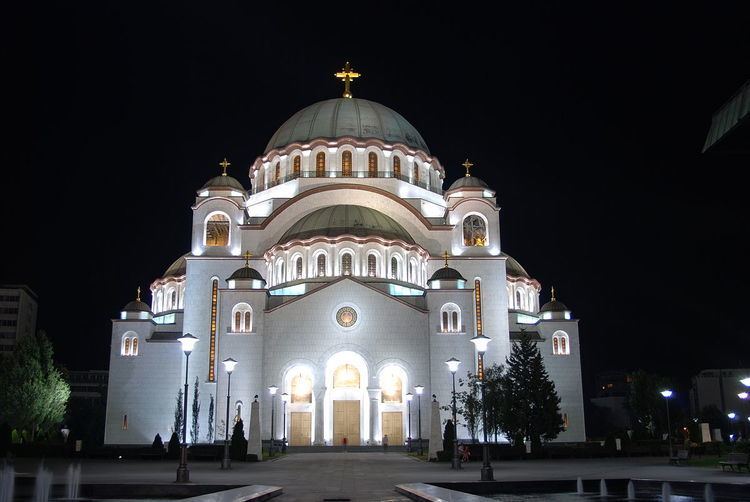 | ||
Raška architectural school (Serbian: Рашка школа архитeктуре), also known as the Raška style (Рашки стил, Raški stil), or simply as the Raška school, is an ecclesiastical architectural style that flourished in the Serbian High Middle Ages (ca. 1170–1300), during the reign of the Nemanjić dynasty. The style is present in the notable Morača Monastery, Uvac monastery and Dobrilovina monastery, among many others. This style combines traditional Slavic architecture with early Christian church-design, and often utilizes a combination of stone and wood material.
Examples
References
Raška architectural school Wikipedia(Text) CC BY-SA
